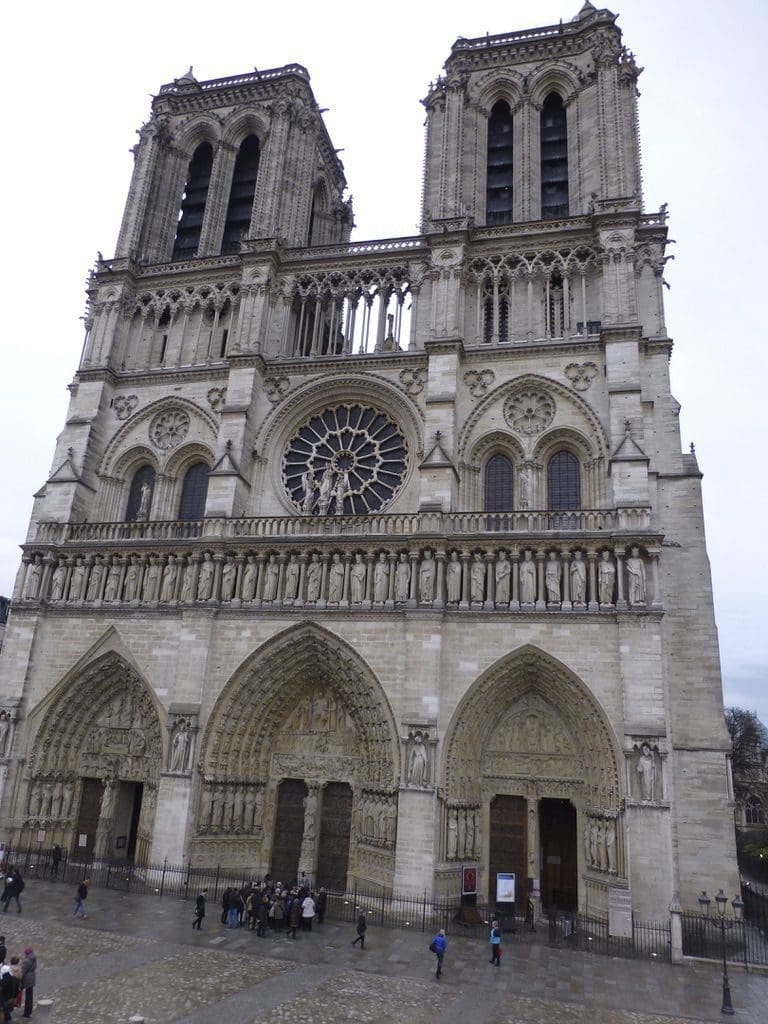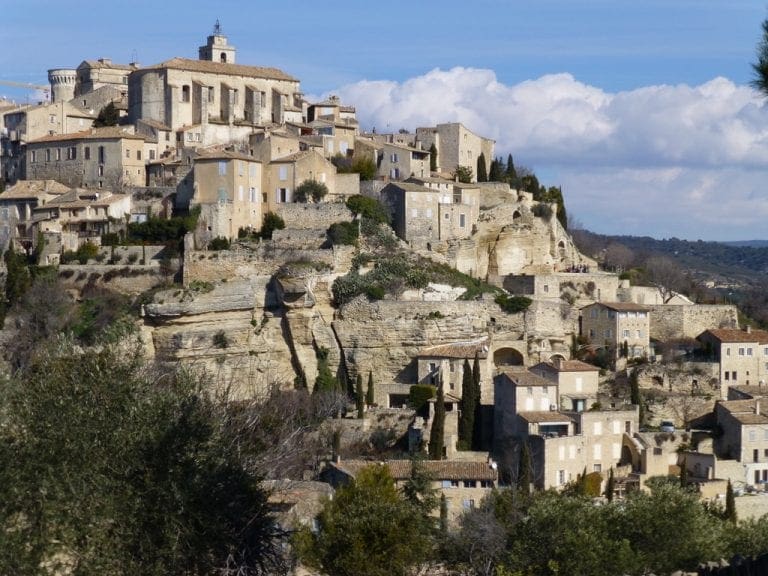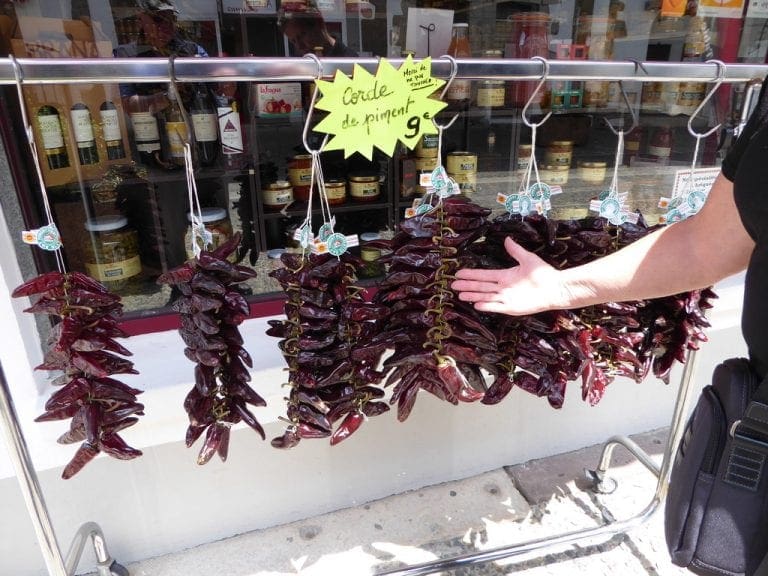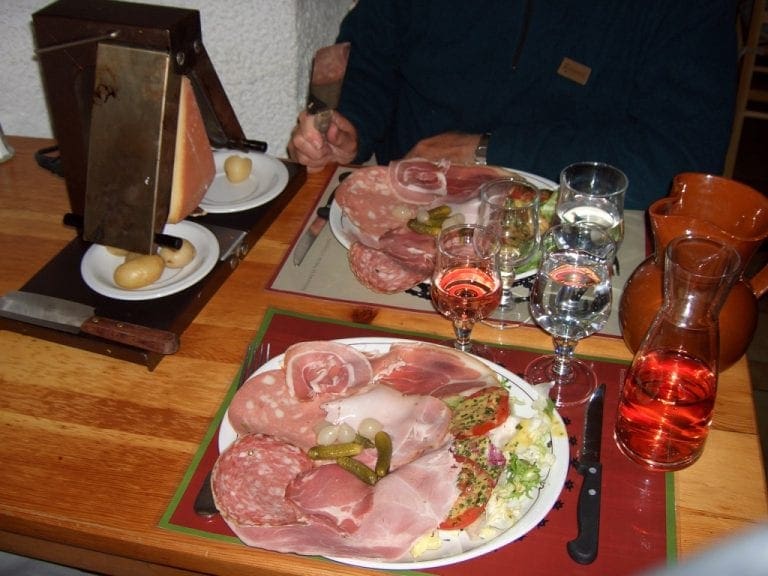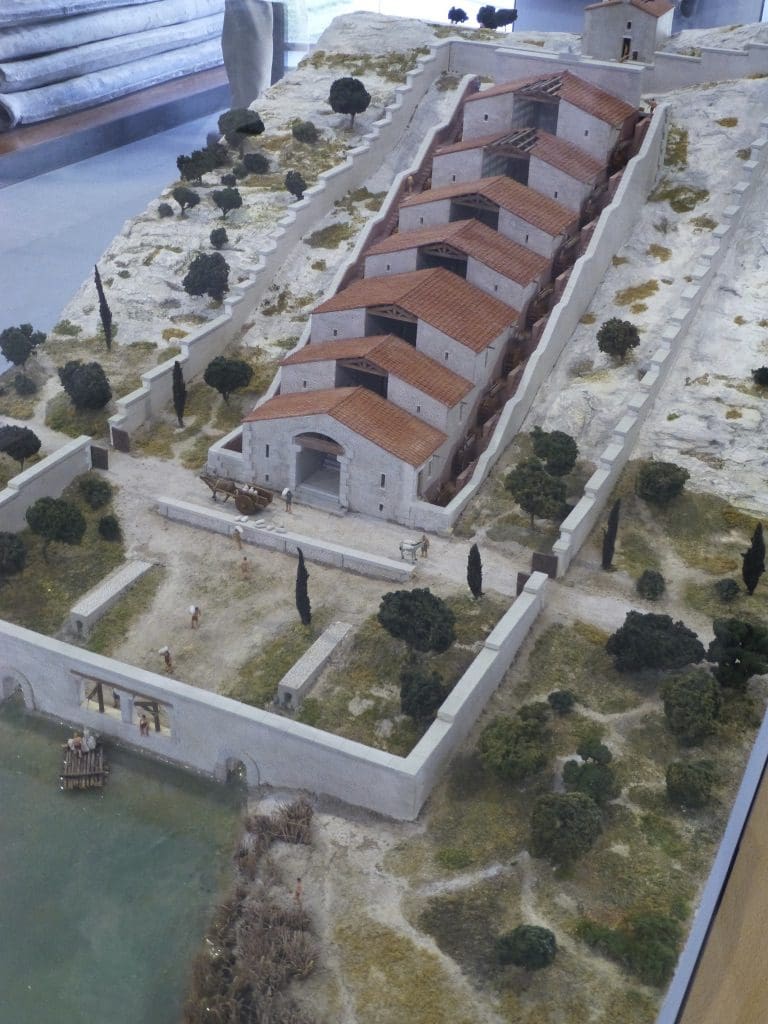I am Notre Dame Cathedral
I am an historic Roman Catholic cathedral on the eastern half of the Île de la Cité in the fourth arrondissement of Paris. I am widely considered one of the finest examples of French Gothic architecture and am among the most well-known churches ever built. I am the cathedral of the Catholic Archdiocese of Paris; that is, I am the church that contains the cathedra (official chair) of the Archbishop of Paris. My cathedral treasury is notable for its reliquary, which houses the purported crown of thorns, a fragment of the True Cross and one of the Holy Nails – all instruments of the Passion and a few of the most important first-class relics.
I am reputed to be one of the most prominent examples of Gothic architecture in France and Europe as a whole, and the naturalism of my sculptures and stained glass are in contrast with earlier Romanesque architecture. The first period of my construction was from 1163 into 1240s. I was among the first buildings in the world to use flying buttresses (arched exterior supports). Although I was not originally designed to include the flying buttresses, after the construction began and the thinner walls (popularized in the Gothic style) grew ever higher, stress fractures began to occur as the walls pushed outward.
In response, my architects built supports around the outside walls, and later additions continued the pattern. Many small statues were placed around the outside. These were crafted individually and served as supports for columns and water spouts. Among these are my famous gargoyles. These were originally colored, as was most of my exterior. The paint has worn off, but my grey stone was once covered with vivid colors. I was essentially complete by 1345.
In 1548, rioting Huguenots damaged many of my features, considering them idolatrous. During the reigns of Louis XIV and Louis XV, I underwent major alterations as part of an ongoing attempt to modernize cathedrals throughout Europe.
In 1793, during the French Revolution, I was rededicated to the Cult of Reason, and then to the Cult of the Supreme Being. During this time, many of my treasures were either destroyed or plundered. The statues of biblical kings of Judah (erroneously thought to be kings of France), located on a ledge on the facade of the cathedral were beheaded. Many of the heads were found during a 1977 excavation nearby and are on display at the Musée de Cluny. For a time, Lady Liberty replaced the Virgin Mary on several altars. The cathedral’s great bells managed to avoid being melted down. I was then used as a warehouse for the storage of food.
A controversial restoration program was initiated in 1845.
The Second World War caused more damage. Several of the stained glass windows on the lower tier were hit by stray bullets. These were remade after the war, but now sport a modern geometrical pattern, not the old scenes of the bible.
In 1991, a major program of maintenance and restoration was initiated, which has been slow. The cleaning and restoration of old sculptures being an exceedingly delicate matter.
